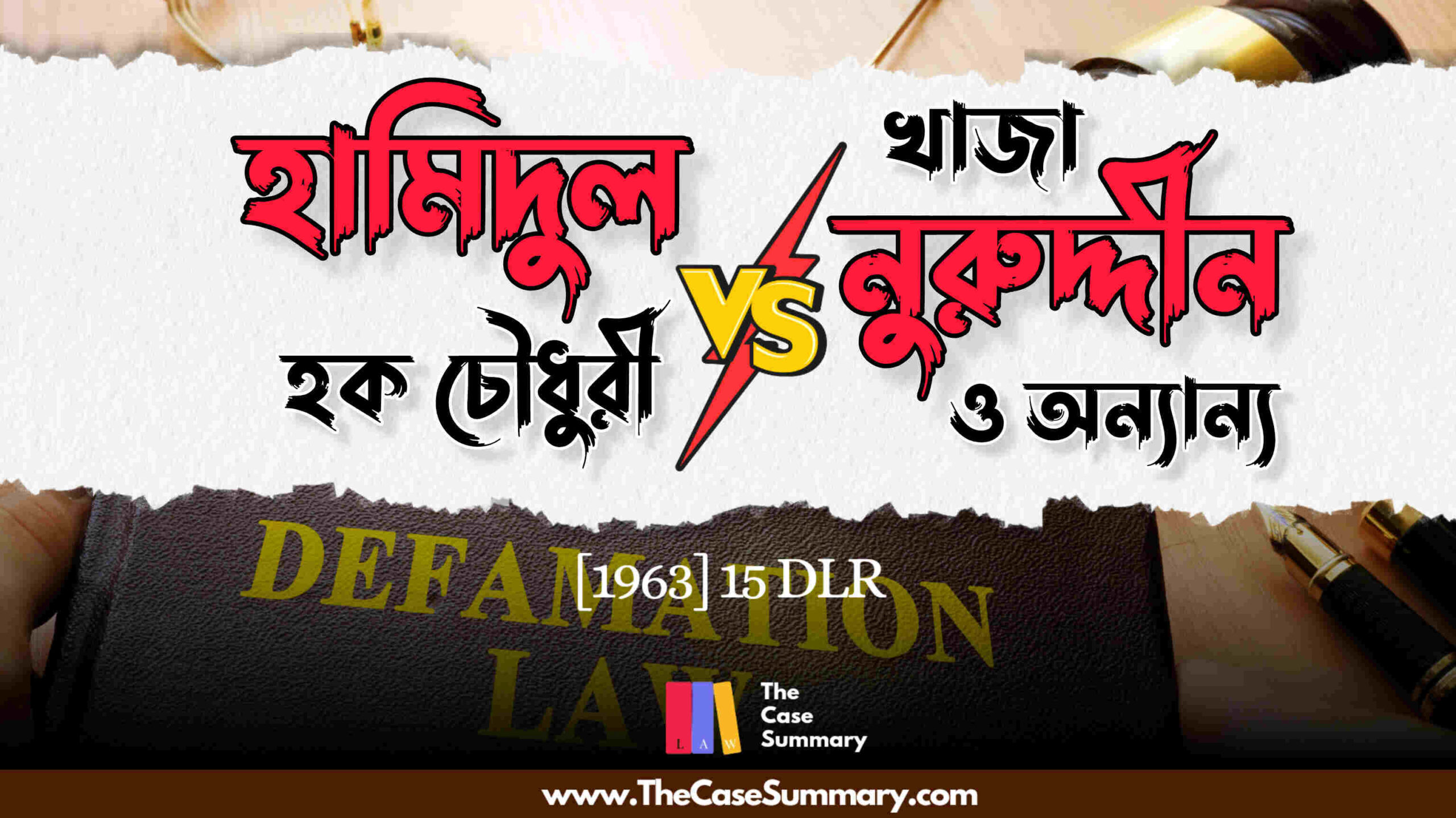Luxmoore May vs Messenger May Baverstock
Reference : [1990] 1 All ER 1067
Citation : England & Wales
Plaintiff : Luxmoore May
Defendant : Messenger May Baverstock
Facts :
The plaintiffs Mr. and Mrs. Luxmoore May, owned two small paintings portraying foxhound. These paintings were gifted to Mrs. Luxmoore May in 1948. They considered the paintings of low value and hung unnoticed in their home. In 1985, they planned to redecorate their house. During that time, they thought to sell the paintings and consequently they sought assistance from the defendant firm, Messenger May Baverstock, which was a well-known local firm in fine art auctioneering and valuation.
Mrs. Zarek, who was an assistant of the firm came to see the paintings. After examining other artwork, she looked at the foxhound paintings and speculated they were worth £30. However, she took the paintings “for research” and told the plaintiffs that she would seek a senior consultant’s advice. Later, the paintings were auctioned and sold for £840. A few months later, the paintings were resold for £88,000. It was found that the paintings were drawn by a famous artist, George Stubbs. As a result, the plaintiffs sued the defendant firm claiming that they were negligent.
Issues :
1. Did the defendants breach their duty of care by failing to recognize the potential value of the foxhound pictures?
Decisions :
At first instance, the trial judge held the defendants firm liable for negligence. As a result, the defendants appealed and the Court of Appeal overturning the decision of trial judge, held that the auctioneers had not been negligent.
The paintings were taken by the defendants “For Research”, but this term did not have a clear meaning. The Court decided that the auction house’s duty was limited to provide an informed opinion on the sale value of the paintings. The Court also determined the level of skill and care of the defendant firm that could have been expected by the plaintiffs. The Messenger May Baverstock was a local firm and not a major London auction house. They were not held the highest industry standards. Slade LJ compared this issue to the difference between general doctors and specialists. He stated that, ❝the defendant firm was a general practitioner in the world of artworks, not a specialist which lowered their standard of care.❞
The Court of Appeal also showed that, there could be divergence of opinion on the origins of the paintings, especially when the artist was unknown. Therefore, as long as the auctioneers acted honestly and carefully, they shouldn’t be considered negligent for failing to identify a potentially valuable painting.
Related Principle :
The “Bolam Test” [identified in the case Bolam v Friern Hospital Management Committee (1957)] may in case apply even though the defendant fails to have the appropriate professional qualifications and is not applying the same reasoning that a professional would apply.
Author :
1. Nusiba Hasan Ohee
Note : The Case Summary is a platform by the law students, for the law students. We aim to summarize the facts and decisions of various important cases in both Bangla and English with utmost caution. However, this platform is in no way a replacement for going through the complete judgements by the law students and we discourage any learner from relying on case summaries alone. Thank you



